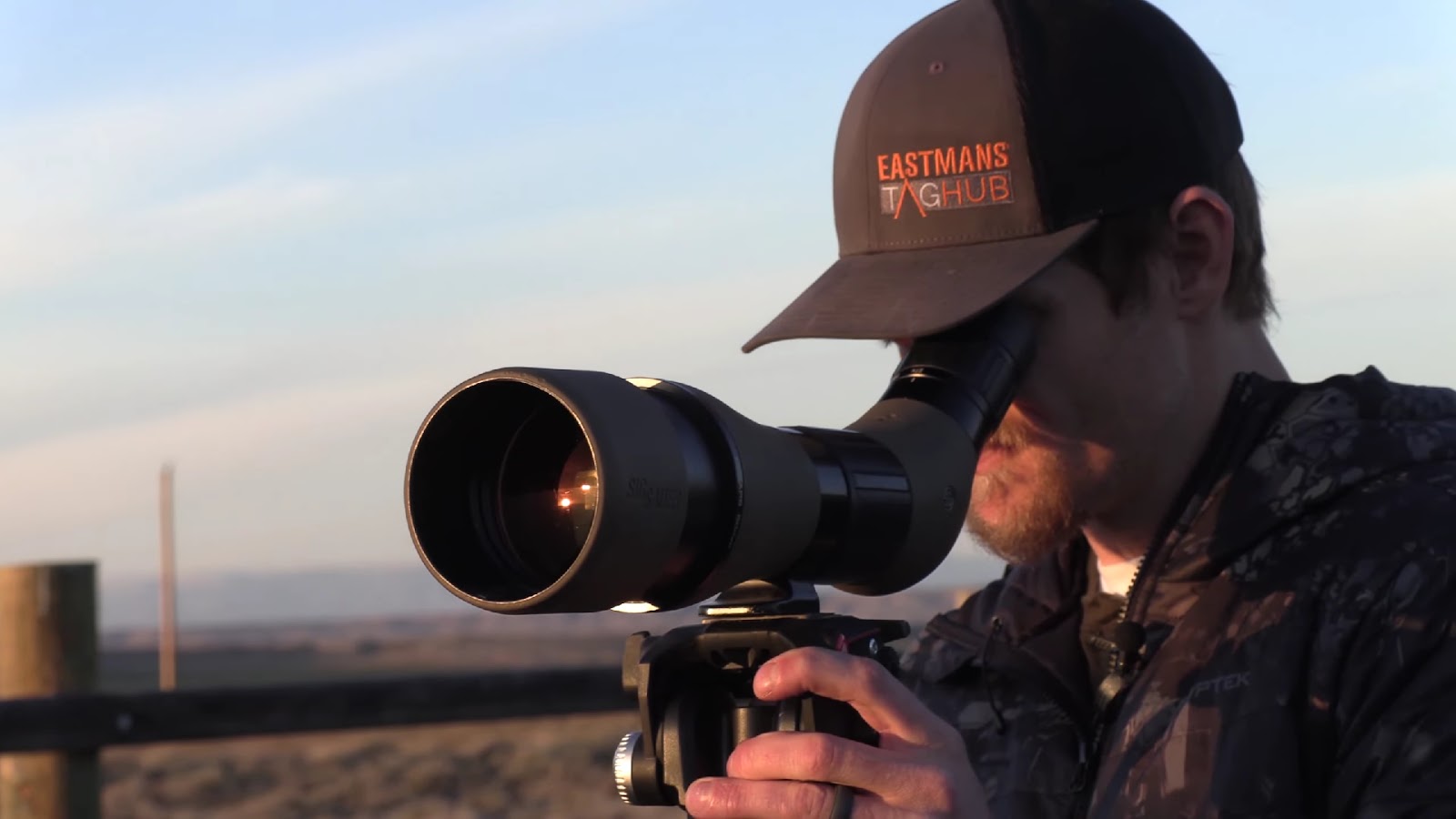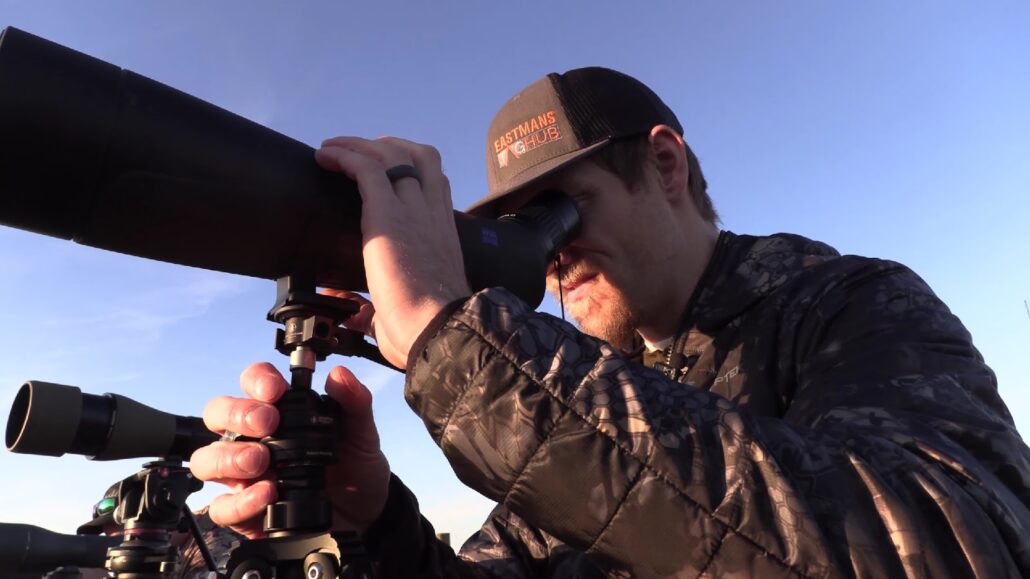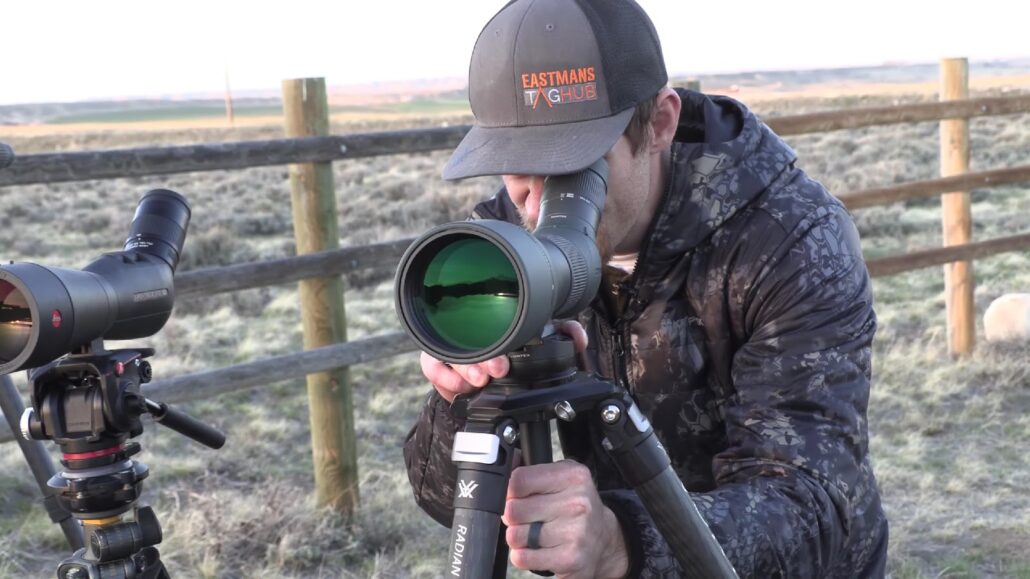Step-by-Step Guide for Choosing the Best Spotting Scope Under 500 for Traveling

Selecting an optimal spotting scope for traveling without exceeding a $500 budget requires a well-informed approach. This guide provides a systematic method to help you identify a spotting scope that offers both quality and value. By focusing on key features, performance metrics, and cost-effectiveness, readers will learn how to make a discerning choice that improves their viewing experiences during travel.
Step 1: Identifying Your Primary Use for a Spotting Scope
When selecting a spotting scope, the initial step is to pinpoint the specific activity for which you intend to use it. Different activities will necessitate varying scope features. For example, if your passion lies in birdwatching, particularly in expansive wetlands, you’ll need a scope that offers superb clarity and the ability to observe fine details from great distances. On the other hand, if your interest is in capturing vast, scenic landscapes, you might prioritize a wide field of view and features that enhance the natural colors and contrasts of the scenery.
Here are some considerations based on use:
- Birdwatching: Look for scopes with high resolution and excellent light gathering capabilities to see details clearly in low light conditions;
- Landscape Viewing: Choose scopes with a broader field of view to capture expansive scenes without the need to pan much;
- Astronomy: Opt for higher magnification scopes that can handle celestial observation without image degradation.
Step 2: Choosing the Right Magnification
Magnification power is crucial in a spotting scope as it determines how close you can zoom in on a subject without sacrificing image quality. It is vital to select a magnification that aligns with your observational needs while avoiding the temptation to go for the highest magnification available, which can often lead to poor image quality due to atmospheric conditions.
For general travel and versatile usage, magnification ranges such as 15-45x or 20-60x are often recommended. These ranges offer flexibility in various viewing conditions and are particularly beneficial for those who need a balance between close-up detail and wider, panoramic views.
Key points to consider when choosing magnification:
- Lower Magnifications (15-30x): Ideal for broader views and easier tracking of moving subjects. These are perfect for handheld use or when conditions are windy;
- Higher Magnifications (45-60x): Better for distant subjects and detailed observation. High magnification requires a stable tripod to prevent image shake;
- Zoom Lenses: Provide versatility with variable magnification settings, allowing you to adapt quickly to different viewing situations without needing multiple scopes.
Step 3: Prioritizing Optic Excellence on a Budget
Contrary to common belief, staying within a budget does not necessarily mean sacrificing the quality of optics. It’s entirely possible to find excellent spotting scopes under $500 that provide high-caliber optical performance. When selecting a scope, key features to focus on include:
- High-Quality Glass: Opt for scopes equipped with premium glass, as it plays a pivotal role in clarity and detail;
- Fully Multi-Coated Lenses: These lenses are treated with multiple layers of coating to reduce glare and increase light transmission, ensuring vivid and luminous visuals even under dim conditions.
To make the most of your investment, consider scopes known for their superior resolution and contrast. Enhancing your viewing experience, these scopes deliver remarkable image quality, crucial for activities like bird watching or other wildlife observations.
Step 4: Evaluating Build Quality and Portability
When it comes to spotting scopes, especially for those who travel, the construction and ease of transport are key considerations. To choose the ideal scope, consider the following:
- Durability: Select a scope designed to withstand varied environmental conditions. A strong frame not only extends the lifespan of the scope but also ensures consistent performance in diverse settings;
- Lightweight Design: A lighter scope minimizes fatigue during extended use and makes it easier to carry during travel;
- Weather Resistance: Features such as waterproofing and fog-proofing are essential. These characteristics prevent moisture entry and lens fogging, which can affect the scope’s performance and durability.
For frequent travelers, it’s beneficial to look for scopes that come with protective carrying cases and adjustable straps for easier transportation. Additionally, scopes that feature a rubber armor provide extra protection against drops and bumps, enhancing their suitability for rugged outdoor use.
Step 5: Evaluate User Interface and Functionality
When selecting a spotting scope, it’s crucial to prioritize features that simplify operation. Key elements to consider include a responsive focusing wheel that allows for quick adjustments and a robust tripod mount that ensures stability during use. Regular travelers who often adjust their equipment will benefit significantly from these features. Here are some factors to keep in mind:

- Responsiveness: A quick and responsive focusing mechanism allows for seamless observation transitions, crucial when tracking fast-moving subjects;
- Mount Stability: Opt for a tripod mount that is both sturdy and easy to adjust, reducing the risk of shaky images during critical viewing moments;
- Overall Design: Look for scopes that are designed with the user in mind, including ergonomic shapes and controls that are easily accessible.
Step 6: Analyze Reviews and Feedback
After narrowing down potential spotting scopes based on essential features, the next step is to gather insights from both expert opinions and consumer feedback. This will provide a comprehensive understanding of how the scopes perform under various conditions and help identify which models deliver the best value. Consider the following when reading reviews:
- Performance Feedback: Pay attention to comments on image clarity, ease of use, and durability to gauge overall satisfaction;
- Expert Insights: Look for detailed reviews from trusted professionals who have tested the scopes in diverse environments;
- Value Analysis: Assess which models are frequently praised for their cost-effectiveness, ensuring you get quality without overspending.
For a comprehensive selection of specific models tailored for travel, explore this list of the best spotting scopes under $500 for traveling. This list features scopes that have been rigorously reviewed for their performance, quality, and user satisfaction, ensuring you make an informed choice suited to your travel needs.
Step 7: Evaluate Included Accessories and Upgraded Features
When selecting a spotting scope, attention to the included extras and functional enhancements can significantly impact its usability and value. Many spotting scopes are packaged with useful accessories that enhance your viewing experience:
- Tripods: Essential for stability, especially for high magnification scopes;
- Carrying Cases: Protect your scope during transport and storage;
- Camera Adapters: Allow for digiscoping to capture distant images through the scope.
Beyond the basic accessories, look for scopes that offer advanced features to improve usability:
- Dual-Focus Mechanism: This allows for precise adjustments, enabling sharper focus and clearer images;
- Rotating Tripod Collar: Facilitates easy changes in viewing angles without the need to reposition the entire setup;
- Weatherproofing: Features like waterproof and fog-proof construction ensure the scope performs well in all conditions.
These enhancements not only provide more flexibility but also ensure you get the most out of your outdoor observations.
Step 8: Complete Your Spotting Scope Purchase
Having meticulously evaluated the available options, it’s time to make a well-informed purchase decision. Selecting the spotting scope that aligns with both your specific requirements and budget is crucial. Here are several final considerations to ensure a satisfactory purchase:
- Choose Reputable Retailers: Buying from established retailers can safeguard against poor service and counterfeit products;
- Warranty: A robust warranty indicates manufacturer confidence in their product and protects against defects;
- Return Policy: Understand the return policy to ensure you can return the product if it doesn’t meet your expectations.
Purchasing the right spotting scope is a significant investment in your viewing hobbies or professional tasks. Careful consideration of these factors ensures that your investment is secure and that the product will serve you well for years to come.
Setting Up Your Spotting Scope

- Assembling the Tripod:
- Preparing the Tripod: Remove your tripod from its case and unfold the legs. Extend each leg to your desired height and secure them using the locking mechanism. Ensure all fasteners are tightened to prevent the tripod from collapsing under the weight of the scope;
- Adjusting for Terrain: Adapt the leg lengths to accommodate uneven surfaces like hillsides or rocky terrain to maintain a stable and level setup.
- Mounting the Scope:
- Securing the Spotting Scope: Attach the quick-release plate to your tripod. This feature allows for easy attachment and removal of the scope. Once installed, the spotting scope slides onto the plate, clicking securely into position;
- Additional Security Features: Some models include secondary locking systems. Engage these to ensure the scope remains firmly in place.
- Positioning the Scope:
- Optimal Height Adjustment: If the scope sits too low, adjust the tripod’s neck extension to raise it to a comfortable viewing height. Always lock the mechanism after adjusting to stabilize the scope.
- Operating Your Spotting Scope
- Lens Preparation: Remove the protective covers from the objective and eyepiece lenses before use to ensure a clear view;
- Navigating the View: Utilize the pan and tilt controls on your tripod to explore different areas. Begin with a lower magnification to locate your subject, then smoothly increase the power as needed;
- Accommodating Eyeglasses: If you wear eyeglasses, adjust the eyepiece setting to either twist-out or fold-down for better eye relief;
- Sharp Imaging: Use the focus knobs to fine-tune the sharpness of your view. Dual-focus models feature both coarse and fine adjustments for precision;
- Environmental Considerations: Atmospheric conditions such as humidity and temperature can affect the clarity of your image. Cooler conditions generally provide crisper visuals.
Advanced Techniques: Digiscoping
- What is Digiscoping?: This technique involves attaching a camera to your spotting scope to capture distant images. It’s perfect for documenting rare wildlife sightings or scenic vistas;
- Choosing the Right Equipment: Depending on your camera type—smartphone, point-and-shoot, or DSLR—select the appropriate digiscoping adapter. Adapters vary by compatibility with specific scope models or camera types;
- Universal Adapters: For scopes not specifically designed for digiscoping, universal adapters are available that fit a wide range of models and cameras.
Health Tips: Eye Care
Prolonged viewing can strain the eyes, so it’s crucial to:
- Take Breaks: Regularly rest your eyes to prevent fatigue;
- Adjust Brightness: If your scope has brightness settings, adjust them to a comfortable level to reduce eye strain.
Conclusion
This guide has outlined the essential steps to choosing a spotting scope under $500 that does not compromise on quality or functionality. By considering the key features and understanding the balance between cost and performance, travelers can confidently select a product that will improve their outdoor adventures. Whether observing distant landscapes or spotting wildlife, the right scope can make all the difference, guaranteeing that every journey is as enriching as it is memorable.